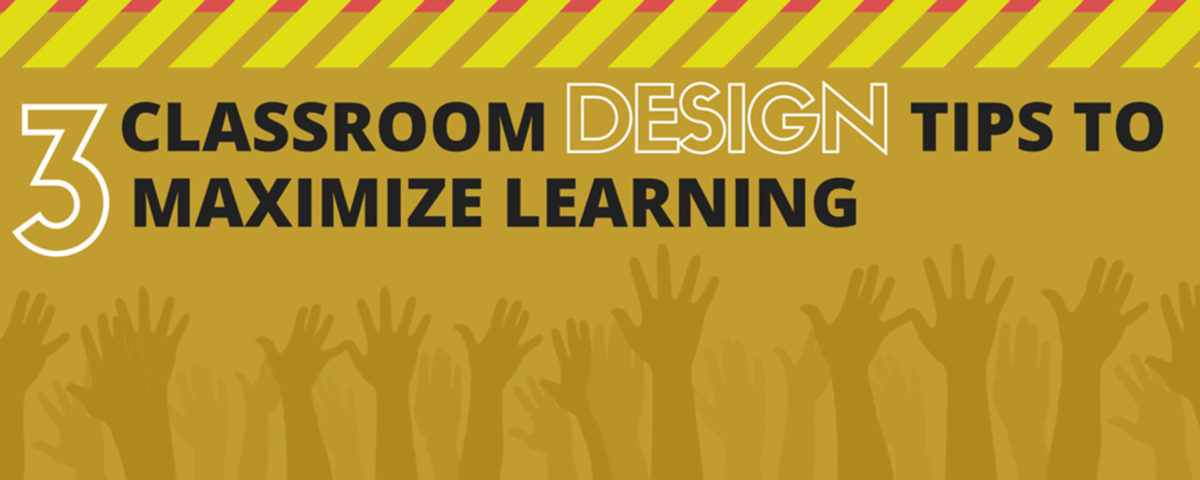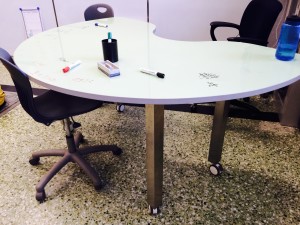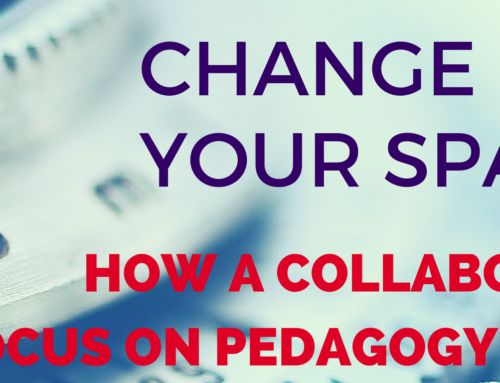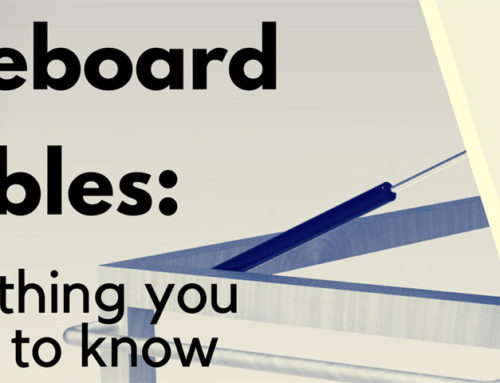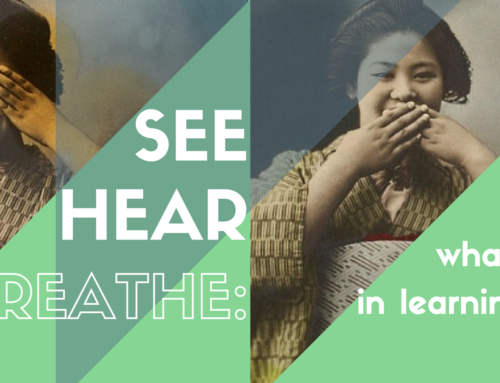Busy days rearranging furniture and organizing resources characterise the build up to a new school year. Mix in a pinch of nervous energy and a whole lot of good intention and teachers can spend hours, indeed dozens of hours, preparing their classrooms for their new class. But in all this bustle and rush, are we missing opportunities to create classrooms that will maximize teaching and learning?
2015 ready! #classroomsetup #superheroes #gradeone #gradetwo pic.twitter.com/3TwEfVPHW1
— Laura Poole (@laurajpoole) January 20, 2015
(tweet embedded with author’s permission)
Prior to the first day of the year with students, most teachers rethink teaching spaces to best suit the anticipated needs of learners, their own style of teaching and the curriculum that they will be delivering. Many educators, even those whom haven’t read about modern learning environments, seem to intuitively understand the power of the physical learning environment as a third teacher. This is why there can be such a mad dash to decorate walls and doors, and ‘put something up’ in corridors and on display boards.
In contemporary classrooms, the possibility exists for teachers, administrators and students to enhance teaching and learning via a judicious use of space. By carefully considering the opportunities that space grants the users, we can harness the environment to maximise outcomes for students.
When learning spaces are analysed, certain opportunities (1), or affordances (2), can be identified. When we speak of opportunities in the built environment we are referring to “any environmental feature, or lack thereof, that grants users the ability to change their environment to best meet their needs when engaged in a particular activity” (Nair, Fielding & Lackney 2013, p. 15). This definition is empowering because it emphasizes the importance of change within our environments. Classrooms should be flexible and adaptive to the needs of our students and the differing demands of the lessons that take place. Static and inflexible learning spaces are as redundant to 21st century learning as static and inflexible teaching methodology is.
The #classroomsetup begins. Unpack, sort, store, organise, arrange, the. Rearrange. #teacher #grade1 #newclassroom pic.twitter.com/j9lf6ToTHj
— Rebecca Meilak (@TeachLearnConn) January 20, 2015
(tweet embedded with author’s permission)
In setting up your teaching space in the first few weeks of the year here are three road-tested suggestions for you to maximise the opportunities that exist in your physical environment:
1) Put your pedagogy at the heart of how you arrange your space
Although the “prevailing pedagogic approach has swung towards active and collaborative learning” (JISC 2006, p.10), physical spaces in schools, even schools with highly qualified staff and a commitment to progressive teaching methodology, often fail to reflect this. We urge you to think about how you want your students to be working, and look for opportunities to build the types of spaces within your classroom that will enable this. Breakout spaces and small group conferencing spaces within a room are not a new idea, but are frequently overlooked. If classrooms are arranged so that collaboration, communication and small group interaction is implied, teaching methodology will quickly align. For forward-looking educators, arranging a space that facilitates progressive pedagogy can unleash best practice teaching and become a source of daily inspiration and innovation.
2) It’s OK to start with a blank canvas
Teachers often feel pressure (whether real or imagined) from administrators and parents to have their teaching spaces ‘ready to go from day one’. While this is a fine intention, however we urge you to reconsider what being ‘ready for day one really should look like. In a Reggio Emilia approach to education we might say that it is our students, the children, who bring the color into the classroom. It is very liberating to start a school year with a minimally decorated teaching space. Instead of labelling kids lockers before the first day, ask them to choose their lockers and invite them to design their own name tags. Instead of buying a brightly coloured “Class Rules” poster from a teaching store, build those agreements with your class and allow them to socially construct their own learning community (and create their own rules poster if need be). If you have never had the chance to take a ‘less is more’ stance, perhaps this might be your year!
3) Visible thinking can happen anywhere
This point links back to the notion of starting with pedagogy and making decisions about furnishings and resources based on what you want to teach and how you want to teach. If one of your priorities is to get students showing what they know, and giving life to their thinking through reflection and peer discourse then you do need to arrange space with this in mind. Walls need to be approachable for students to pin their questions and thoughts up (display boards needn’t be reserved for ‘finished work’ only). Writeable surfaces are everywhere and their potential as collaborative work spaces cannot be overlooked (windows, some desks, and perhaps even the back of your classroom door can become a dry-erase playground).
Take another look at your teaching space. What does it say about the students you teach and how they best learn? Have you put your values on display by seeking opportunities to build a truly modern learning environment? Please drop us a line in the comments section and let us know how your start of year classroom set up has been for you!
References & Suggested Reading:
(1) Nair P, Fielding R, Lackney, J 2013, ‘the language of school design: design patterns for 21st century schools’, Design Share, designshare.com
(2) Torquato, J, and Enrnst, J A 2013, ‘Beyond the Walls: Conceptualizing Natural Environments as “Third Educators”’, Journal of Early Childhood Teacher Education, vol. 34, number 2, 191-208
JISC 2006, ‘Designing spaces for effective learning: A guide to 21st century learning space design’, JISC e-learning programme, retrieved December 16 2014, http://jisc.ac.uk/elearning_innovation.html

